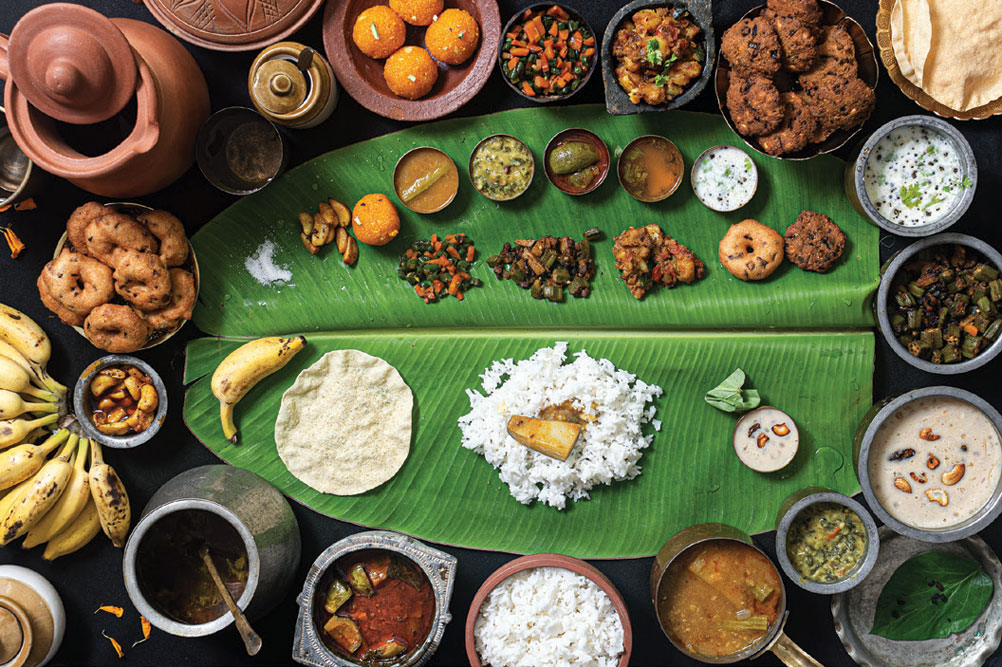Shawarma is believed to have been brought to the Middle East by Turkish soldiers, who would roast meat on their swords over open fires. Over time, the dish evolved into the popular street food that it is today and is widely enjoyed throughout the Middle East and beyond.
Some additional notes about shawarma:
- Variations: Shawarma can vary in ingredients and preparation methods depending on the region, with some common variations including the Lebanese shawarma and the Egyptian shawarma.
- Spice blend: Shawarma meat is usually seasoned with a blend of spices, which can vary but often includes cumin, coriander, paprika, and turmeric.
- Cooking method: Traditionally, shawarma is made by marinating the meat and then cooking it slowly on a spit until it is tender and juicy. The meat is then shaved off in thin slices and served in a wrap or pita bread.
- Popular toppings: Common toppings for shawarma include hummus, tahini, pickles, and hot sauces. Some variations also include french fries or rice in the wrap.
- Street food: Shawarma is often sold as street food and is a popular fast food option in many cities around the world.
- Versatility: Shawarma can be made with various meats, vegetables, and sauces, making it a versatile dish that can be customized to individual tastes.
- Popularity: Shawarma has become increasingly popular around the world and is widely available in many cities.
- Fast food: Due to its portability and convenience, shawarma is often considered a fast food item and is a popular choice for quick and easy meals.
- Cultural influence: Shawarma has been adopted and adapted in many different cultures, with each adding their own unique twists and flavors to the dish.
- Health concerns: While shawarma can be a tasty and convenient food option, it can also be high in calories, fat, and sodium. Some health-conscious eaters opt for healthier alternatives, such as grilled chicken shawarma or using whole grain pita bread.
- Variations: In addition to the traditional meat-based shawarma, vegetarian and vegan options are also becoming more popular, such as falafel or grilled vegetable shawarma.
- Specialty shops: Shawarma is often sold at specialty shops or restaurants that specialize in Middle Eastern cuisine, but can also be found at food trucks, convenience stores, and other casual dining establishments.
Shawarma can vary in ingredients and preparation methods depending on the region, some popular variations include:
- Lebanese Shawarma: Made with marinated chicken or beef, served in a pita bread with tahini sauce, hummus, pickles, and vegetables.
- Egyptian Shawarma: Usually made with marinated beef or chicken, served in a pita bread with tahini sauce, garlic sauce, and vegetables.
- Turkish Shawarma: Made with marinated lamb, served in a pita bread or wrap with vegetables, pickles, and sauces.
- Vegetarian Shawarma: Made with falafel, hummus, tahini sauce, and vegetables, served in a pita bread or wrap.
- Grilled Chicken Shawarma: Made with marinated chicken, grilled and served in a pita bread with vegetables and sauces.
- Spicy Shawarma: Made with marinated meat, served in a pita bread or wrap with hot sauce and vegetables.
- Rice Shawarma: Made with marinated meat, served over a bed of rice with vegetables and sauces.
- Seafood Shawarma: Made with marinated seafood, served in a pita bread or wrap with vegetables and sauces.
The spice blend for shawarma typically consists of a mixture of spices that complement the flavor of the meat. Some common spices used in shawarma spice blends include:
- Cumin: Adds a warm and earthy flavor.
- Coriander: Provides a slightly citrusy flavor.
- Paprika: Adds a mild to medium heat, as well as a slight sweetness.
- Turmeric: Adds a warm, earthy flavor, and a bright yellow color.
- Garlic: Adds a strong, pungent flavor.
- Cloves: Adds a slightly sweet and warm flavor.
- Cinnamon: Adds a warm, sweet flavor.
- Cardamom: Adds a sweet and slightly minty flavor.
- Allspice: Adds a warm, sweet flavor with a hint of nutmeg and cinnamon.
- Nutmeg: Adds a slightly sweet, nutty flavor.
The exact spices used in the blend can vary depending on personal preference and the specific shawarma recipe. Some variations may also include additional ingredients, such as lemon juice or yogurt, to add extra flavor and moisture to the meat.











